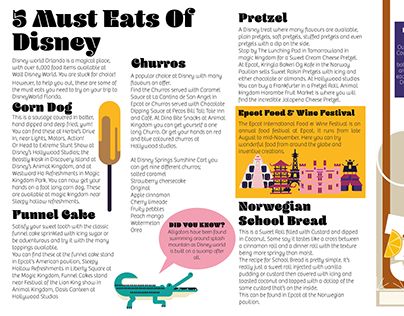The Grasp Drawback is a basic and protected way to establish tent guy lines. It's likewise a terrific technique for backing out a persistent camping tent peg. It can additionally be used to develop a flexible tarp person line where the adjustment is made at the tent/tarp end. It serves in high winds as it doesn't slip.
1. Bowline
Bowline is a knot that makes a loop at one end of a rope. It's simple to connect and untie, and it withstands jamming rather well.
It's likewise an excellent knot to utilize for joining two lines together, although it's usually recommended that you use a various strategy (such as a sheet bend or square knot) for this objective, to stay clear of having both different bowlines use against each other in time and weaken the line.
One potential problem with bowlines is that they can conveniently jam or bind if the functioning end is inaccurately gone through the rabbit hole. Several critical failures have actually been reported as a result of this, specifically when utilized in climbing applications. To help prevent this from taking place, you can make a left-handed bowline by passing completion around the standing part of the loophole rather than through it, as received the animation below. This variant apparently performs much better and withstands ring stress (a distending pressure applied either side of the knot) better than the standard bowline.
2. Grasp Drawback
Utilizing these grasping hitches to safeguard your person lines assists you avoid the problem of your line jamming while readjusting or tightening them. They are additionally valuable when connecting a line to an item that is harder to get to than your standing end, such as a tree or big anchor object.
The Grasp Hitch is a friction knot that can be conveniently moved up or down the line while slack but holds firm under lots. It works for tensioning ridgelines or man lines and for camping applications to safeguard tarpaulins or camping tents.
To tie the Grasp Hitch, pass the working end around the standing component twice and put it under itself. To tighten, pull on the working end to develop a bight and after that use the bight to safeguard the knot to itself. For added security, you can cover the functioning end around the standing part 3 times to enhance rubbing and avoid the outdoor shelter hitch from sliding under load.
3. Midshipman's Drawback
Likewise called the Taut Line Hitch (ABOK # 1856, p 310), Adjustable Drawback, or Rigger's Hitch this knot develops an adjustable loophole at the end of a rope that can be moved backwards and forwards the standing end yet still holds securely when tightened up. It is also very easy to unknot while under tons.
Ashley advises this knot for a camping tent man line since unlike the bowline it can be linked while under lots and is much less vulnerable to turning. It additionally forms an intermediate Awning Hitch that can take the preliminary load while linking the last Fifty percent Hitch
To use this knot wrap the functioning end around an object such as a pole or cleat. Following pass it back toward the things with the initial Half Drawback developing a second Awning Drawback. Finally coating tying the final Fifty percent Drawback and pull hard to outfit and tighten up. For extra protection wrap a second Midshipman's Hitch on top of the initial.
4. Adjustable Grip Drawback.
The Flexible Grip Drawback, also referred to as the Crawley Adjustable Drawback and the Adjustable Loophole Knot, is a friction drawback that can be conveniently shifted up or down a line with slack however holds firm under lots. It is typically utilized for readjusting tent ridge lines or tarps around camp.
This slide-and-grip knot gives good grip and is much easier to link than the Tautline Drawback or Midshipman's Hitch, however should not be made use of for critical applications because it may slide when shock filled. It can be improved by adding extra beginning turns to increase the "grip" and friction in unsafe products.
To link this friction drawback, pass the working end around the object, then wrap it back together with itself and put completion under the second turn. Draw the functioning end to tighten the knot.
